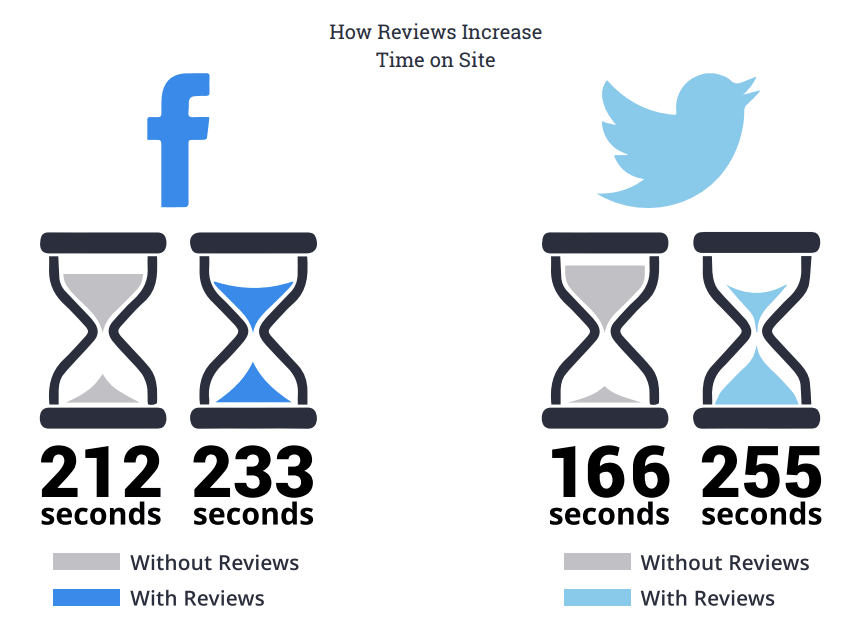
This past December, a local chapter of the UK’s Chartered Institute of Public Relations (CIPR) trade group held its annual “North East Pride Awards” dinner in Newcastle. With a room full of publicity agents, it didn’t take long for the event’s #PrideNE hashtag to trend. And when hashtags trend, they attract unwanted, irrelevant attention.
Soon, instead of seeing local PR industry-related tweets, those following the hashtag began to see content hailing the rise of the Islamic State.
What went wrong here? Isn’t user-generated content (UGC) supposed to provide nothing but relevant engagement and big-time brand lift?
Indeed, to an increasing degree, today’s companies are using UGC for marketing purposes, because it boosts credibility, increases trust, amplifies social proof, rewards customer advocacy and yields a pool of dynamic visual content assets. By collecting and republishing UGC, brands can drive home the notion that their products are for real people in real situations.
But as you can clearly see from the aforementioned hashtag hijacking example, not all UGC implementations are successful. In fact, there’s plenty that can go wrong.
Take a look at the most common UGC snafus and how you can avoid them.
Hateful, lewd or otherwise negative posts
It’s impossible to keep everyone happy all of the time. Once your brand becomes known as a UGC aggregator, you may fall victim to haters and spammers who just want to ruin things for your brand, your community, and you.
The best way to avoid inflammatory community activity is to be vigilant about your moderation with platforms like Web Purify.
Using Web Purify’s app, you can scan submissions for profanity in up to 15 languages. You can also retain the services of live, expert moderators to comb through your applications for image and video moderation.
Sure, this type of policing is far heavier on resources than simply setting it and forgetting it, but if your UGC platform is vibrant, which is your goal, then moderation is a necessity.
Here’s an older example that shows what’s at stake when moderation is anything less than vigilant.
In 2008, back when Paris Hilton’s MTV collaboration, My New BFF, was the hottest thing in second-screen engagement, the TV network’s moderation team was able to flag pedophilia-oriented activity by a Texan by the name of Josiah Samuel Stevens, before too much damage was done.
Stevens was eventually convicted and incarcerated.
Untrustworthy product reviews
If you’re promoting a service or an e-commerce property, then UGC – like product reviews – helps to promote trust and social proof. But it only works when the UGC is credible. Marketers, moreover, can be extremely picky when it comes to making sure the content they promote is “on-message.”
When it comes to reviews, even the positive ones can include descriptions that use phrases hated by brand guardians, and predatory competitors have been known to post disingenuous reviews of merchandise they’ve neither purchased nor used.
To ensure that all of your UGC is written by actual customers, use Yotpo, a comprehensive solution that verifies UGC authenticity, solicits reviews from happy customers and promotes UGC on social media. Yotpo’s tools also support curated collections, so you can ensure that the content you aggregate is legitimate and puts your brand’s best foot forward.

Here’s an example where fraudulent UGC product reviews caused major customer and legal backlash. TripAdvisor, one of the web’s most trusted travel resources, came under fire in the summer of 2012, when several community members complained that businesses attempted to bribe them to remove negative reviews.
To combat these complaints and recover some of its damaged brand equity, the platform instituted some new mechanisms for handling disputed reviews.
Breaking intellectual property laws
With UGC, there’s always a risk of someone remixing or repurposing copyrighted material, which can expose brands to legal danger when the community’s content aggregates to owned media properties. Even more problematic is when brands publish audience-created content without obtaining proper permission.
This is why many brands are finding great value on Lobster, a rights marketplace that taps into the talent pools of Instagram, Flickr, and other visual UGC platforms.
It’s designed to help you find and procure relevant photos and videos that don’t look like stock, so you can get something real, without worrying about rights issues.
Back when YouTube was first emerging as a UGC powerhouse, old media parent company Viacom filed a $1 billion lawsuit against YouTube, arguing that the Google-owned platform should have ensured that Viacom’s copyrighted content never be posted by users.
The two parties eventually settled out of court, and brands today are much savvier when it comes to UGC and copyrights, but who needs that kind of exposure to risk?
Do you have $1 billion to gamble with?
Automated responses that lack authenticity
Automation is helpful in marketing, but if your responses start to feel like they were written by a robot, you’ll lose points with your audience.
To avoid this squandered opportunity, try instead using automation to acknowledge receipt of a message, and then have a live person follow up with a customized message so your community contributors know you’re actually paying attention.
When your community members know there’s a real person at the other end, you’re doing far more for the customer experience and engagement, which encourages them to share even more of their content with you.

The above example isn’t specifically from a contest, but it shows exactly what not to do with autoresponders. Here we see a Twitter user supposedly thanking someone for having followed him, but the wording comes off as extremely inauthentic, and he can’t resist including an affiliate link to the automation platform he uses.
People don’t like being sold to right away when making a new connection.
Hashtag hijacking
As we’ve seen with the CIPR #PrideNE example, when you start to trend on Twitter, with several people tweeting your hashtag at once, you’re all the more likely to run into some trolls who come in and try to capitalize on your momentum.
For smaller, faster campaigns disrupted by messages that aren’t so offensive, you can just ignore the tag-jackers and report the proper spammers. For larger, longer-term events, or those met by messages of violence and hate, you’ll have to make the call based on what you feel is right.
In the case of the #PrideNE hashtag, it was used to promote ISIS propaganda starting about an hour and a half into the four-hour event. The CIPR community team monitored the situation for 10 minutes and then chose to abandon the hashtag. Continuing to use it just spurned additional tweets from the disruptors, so it was time to change course.
Instead of making a formal announcement over the dinner and creating alarm, they simply released a statement on the main event screen, along with the other slides in rotation. The host and presenters notified attendees of the change, as well. They went on to pull the Twitter wall at the event to discourage use of the hashtag, and when the event closed, they reported the spammers to Twitter.
Some more tips to avoid your own hashtag hijacking fiasco:
- Don’t introduce brand-linked hashtags that are overly self-serving or open to interpretation. Trying too hard to get people to speak positively about your brand will only encourage trolls to spread negativity.
- Use your hashtag to give users something. For example, requiring the hashtag for a contest entry leaves it less susceptible to hijackers. When they get something for using it, they’re much less likely to use it for negativity.
- Think about what’s going on with your company right not. If you’re in the limelight for something negative already, it’s not the time to launch a new hashtag campaign. You’re just giving people another way to attack you.
UGC done right
Don’t let the fear of UGC going awry stop you from leveraging it in your marketing efforts. With the right tools and tactics at hand, you can mitigate these issues to reduce the chance of anything backfiring, leaving nothing but positive, brand-boosting community engagement for the world to see.
Get the TNW newsletter
Get the most important tech news in your inbox each week.





